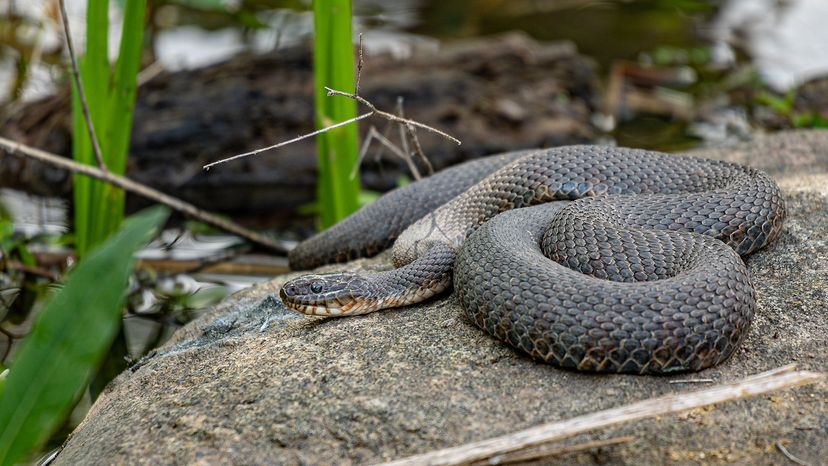
The plain-bellied water snake (Nerodia erythrogaster) is a sleek, semiaquatic snake that inhabits central North America. They thrive in both terrestrial and aquatic habitats, making them highly adaptable predators.
These snakes belong to the North American water snakes group, which have diverse diets. Learn more about the plain-bellied water snake and what makes it so fascinating.
Advertisement